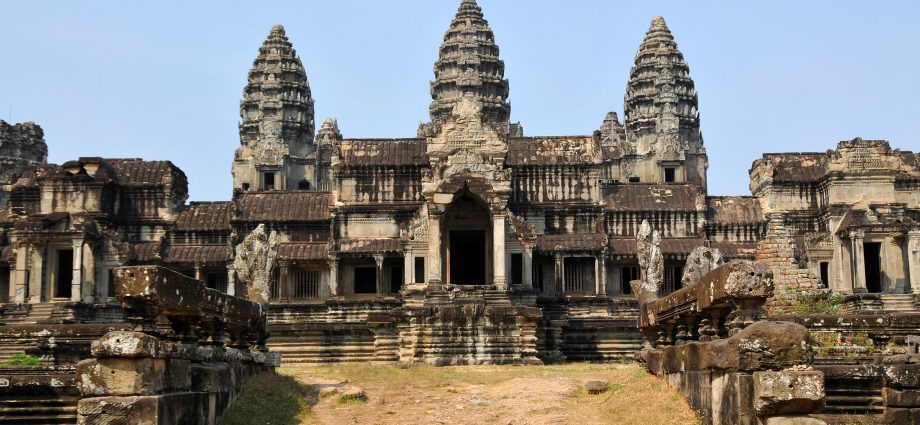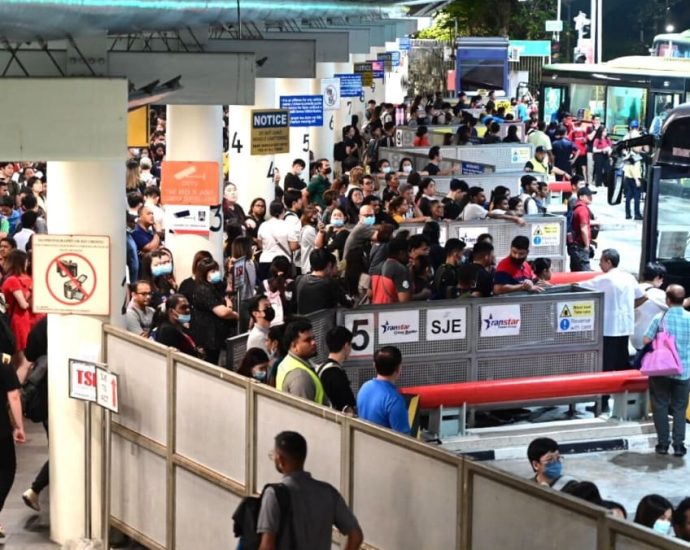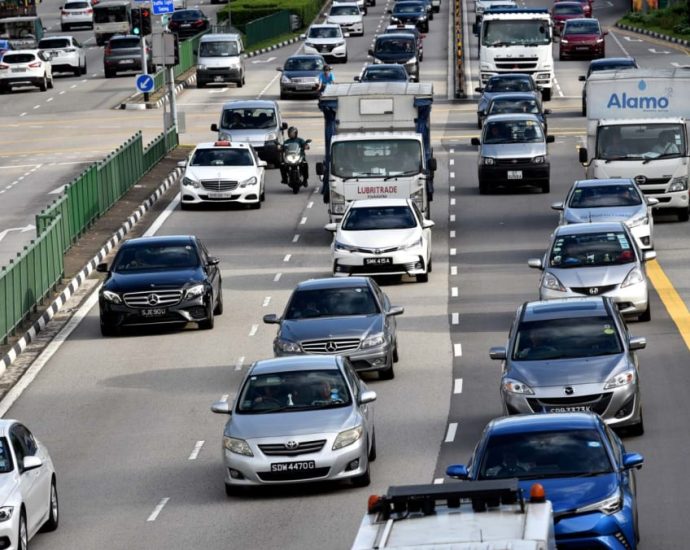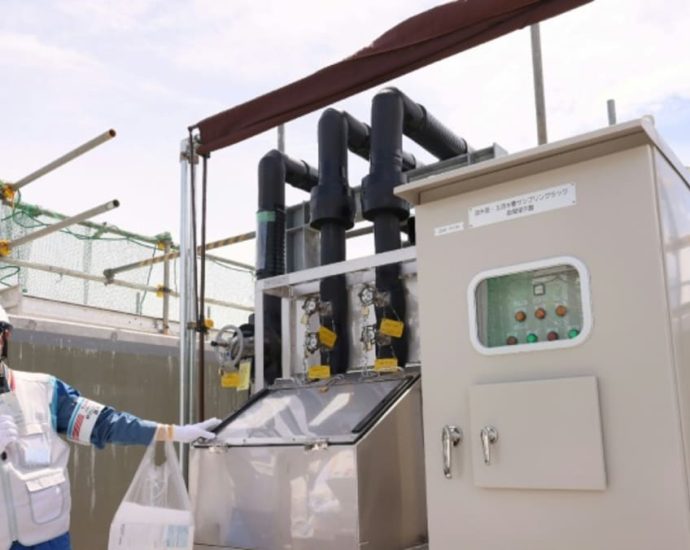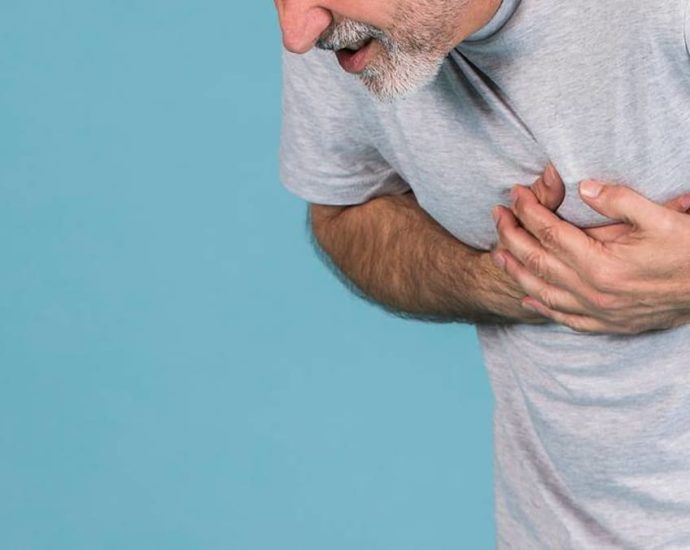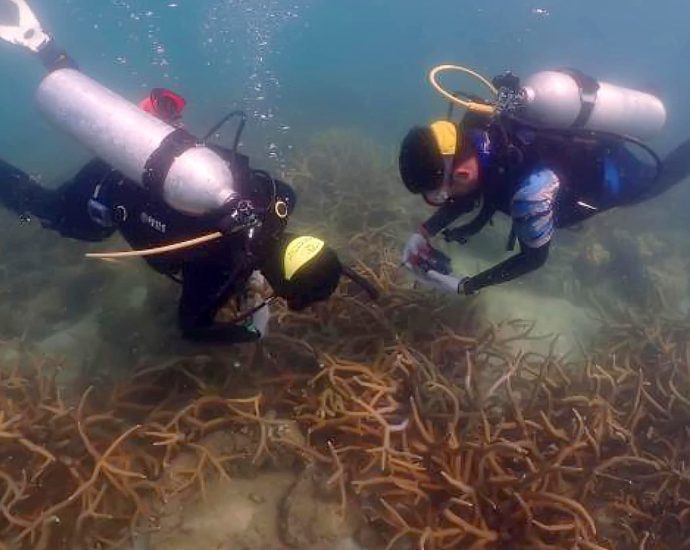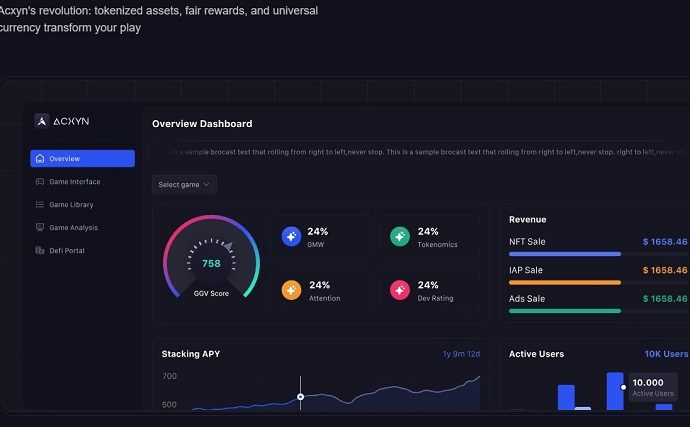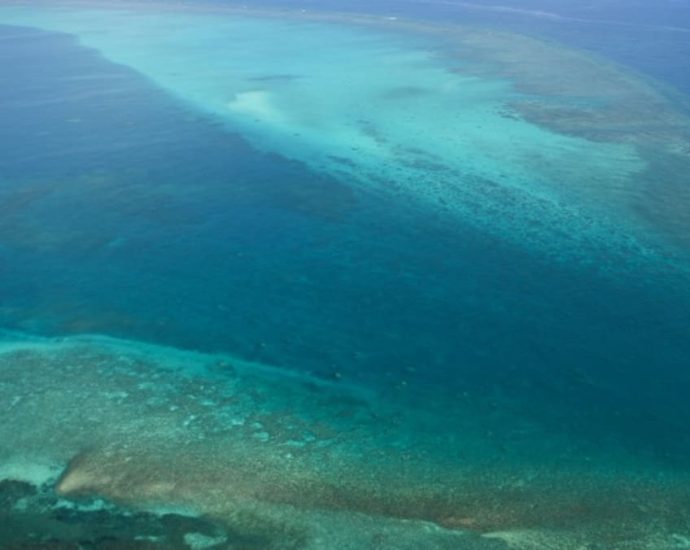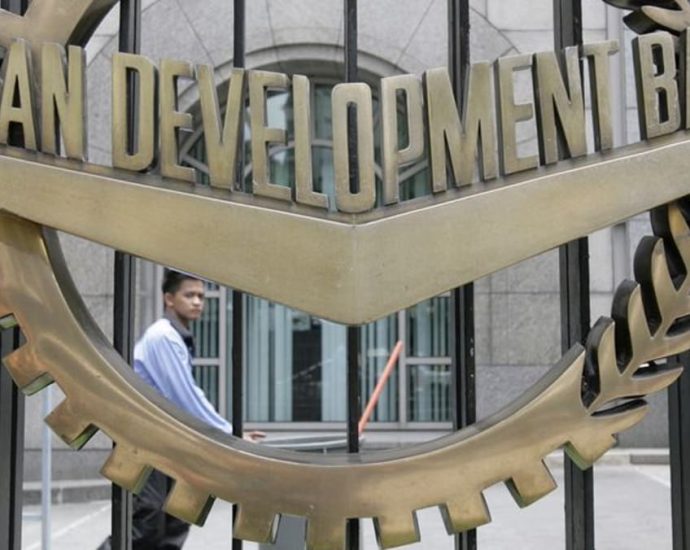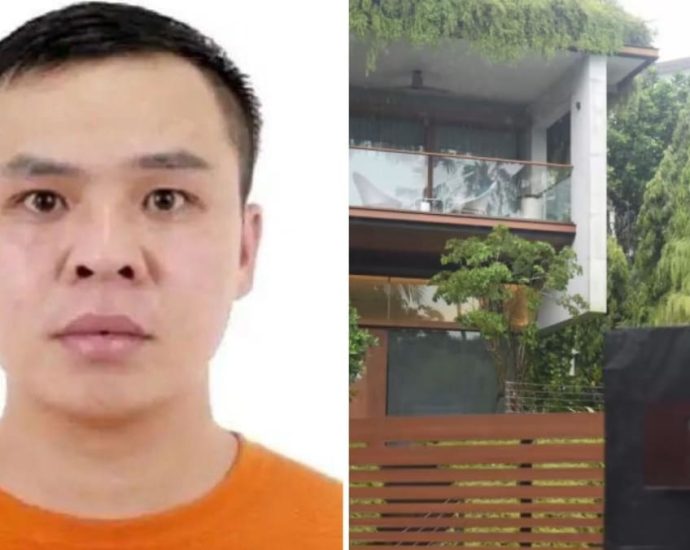As looted relics return, Cambodian researchers uncover history
Additional reporting and photography by Anton L. Delgado.
On an unbearably hot day in April, Kong Mok pantomimed wrapping a material around his neck with one hand.
Mok, 67, was on duty as a guard at the ancient Koh Ker temple complex in northern Cambodia, which was inscribed on UNESCO’s World Heritage List earlier this month. As a small group watched, Mok mimicked how he believed looters used some form of explosive to break off the valuable heads from stone statues before transporting them out of the country.
He slowly moved his other hand around his neck before shooting his arms out to both sides. Bang – no more head.
Throughout this year, far from the heat of Koh Ker, the U.S. federal government coordinated the return of illegally looted Cambodian relics from the Denver Art Museum and the private collections of billionaires as a wider reckoning in the art world has pressured collectors across the globe to give back pieces of dubious provenance.
Cambodia received 13 antiquities from the U.S. in March. Some of these had been looted from the Koh Ker complex in the grinding decades of strife that followed the Khmer Rouge regime, which collapsed in 1979 but waged insurgency until the late 1990s. These works included Hindu-era relics such as a warrior from a set of nine statues depicting a battle from the Mahabharata epic, a sandstone figure of the war god Skanda riding on a peacock and an enormous embodiment of the god Ganesha.

As foreign governments and law enforcement agencies track pilfered artefacts in their own jurisdictions, Cambodian researchers are investigating for themselves. Their work is part of a broader, often behind-the-scenes effort in the country to restore a historical legacy sold off to international dealers such as the late antiquities collector and accused smuggler Douglas Latchford.
The inquisitive group who spoke with Mok had come on behalf of the Ministry of Culture and Fine Arts with a twofold purpose – to patch together Koh Ker’s history with local narratives, however incomplete, and to track down missing pieces of ancient sculptures.
At Koh Ker, researcher Tek Soklida filmed the interview with Mok on her phone as another member of the team sat nearby, jotting details in a notebook. Senior researcher Chhoun Kunthea led the interview and interpreted for Bradley J. Gordon, a U.S. attorney representing the Ministry of Culture and working on the project.

For Soklida, the work wasn’t just a way for her to help others understand the country’s history. She felt the sculpted figures were a way her ancestors intended to communicate with the future – in other words, with her.
“A statue is not just a stone; it’s an achievement from my ancestors, who made it,” she said. The icons show her “how hard they worked at that time, even bringing the stones to the temple and carving it into a human or animal statue to show their descendants.”
A first-time visitor to Koh Ker might see only toppled stone carvings and collapsed chamber walls, lying nearby a massive pyramid erected in the 10th century. But the research team, which has been studying the temples for years, envision the outlines of what these places looked like when they were first built.
Assisted by other historians and archeologists, the team has created original drawings and maps of the area, scrutinised photos found on Latchford’s laptop, and gathered historical details through interviews with neighbouring communities.
In their on-site interviews, the team often uses photographs to help jog residents’ memories. Now, with the recent returns, the women have a new set of photos. Before moving on to another area of Koh Ker, Kunthea pulled up a picture of the Ganesha statue, which had been presented earlier at a celebration in Phnom Penh.
Mok laughed, surprised to see the statue he remembered from childhood. He hadn’t yet heard about its return.


Later, the team hiked to the back of the central structure in the complex, a seven-tiered pyramid standing more than 35 metres tall. There, Kunthea found another guard with whom she had previously spoken. Often, the team gradually gets to know people before meeting again with more explicit questions about looting.
“The information, it is not easy to get it … We try step by step to get more and more,” she said. “The questions [have to] be careful. Sometimes it’s not direct, a little bit around, and then you get to the main point of what you want to know.”
The guard, 68-year old Run Ran, suspected he was one of the oldest living villagers from Koh Ker.
Around 1980 he worked to clear the temple grounds for a time under the direction of Ta Mok, a senior leader of the Khmer Rouge nicknamed “the Butcher” for overseeing mass killings. After living near and working at the site for many years, Ran was sure he had a connection with the temple in his past lives.
The guard told the researchers he remembered seeing the complex’s 10th-century dancing Shiva statue when it still had three intact faces of its original five. Shattered into more than 10,000 pieces, the seven-tonne piece is now undergoing restoration in Siem Reap. French archeologists had moved two of the heads and some other fragments to Phnom Penh before the 1970s. And while a third face was shattered before looters got it, the remaining two heads were likely looted during the early 1990s and are still missing.
After Kunthea tried to pin down when exactly Ran had seen the statue with three heads, which would help in understanding the timeline of the looting, the women were ready to move on to Koh Ker village, where they hoped to talk with more elders.
The temple guard lamented before they left that those most knowledgeable about the statues had already died.

Even when foreign museums have returned pieces to Cambodia, such institutions don’t always offer up all of the information or documentation that could shed light on the journey the piece took, according to U.S. attorney Gordon. Without more official information, he said details from fragmented interviews, such as the ones gathered by the team at Koh Ker, are key to tracing the supply chains of looted relics.
“There’s a very small number of experts out there on Cambodia,” he explained. “They have their theories and they are doing their research, but we’re still at a point that we haven’t been able to connect the dots yet. We’re getting lots of individual pieces of the past. The question is: what does it all add up to? Why was this here?”
Despite the rounds of returns, many pieces are still missing or outside the country. A standing female deity on display at New York’s Metropolitan Museum of Art is thought to be originally from the Koh Ker.
Back in the village far from the galleries of Manhattan, the team of Cambodian researchers spoke to some older women sitting under a wooden home raised on stilts.
Yeam Koun and her niece Deb Sem, both 63, remembered seeing the set of nine warrior statues before several were looted. Sem said she remembered the area because a family member was bitten by a tiger there. At least one of these statues has still yet to be identified and brought back to Cambodia. The women suggested the team meet up with another older man in the village who might know more.

The research team stopped at a few more places in search of the village elder. They found his son-in-law, who told them to try looking for the man at a nearby pagoda. The team wasn’t able to track him down, and decided to end their research for the day.
But spirits were not low. The team made new connections and dug up new details. Plus, they had already received a tip with names of Thai families who may have received the missing looted dancing Shiva heads.
The team plans to travel to Thailand this year to follow the trail of the heads. Though plenty of investigation remains ahead, efforts such as theirs are slowly, finally bringing home the lost relics of Cambodia.
Continue Reading
Congestion at land checkpoints during long weekends, holidays not caused by Singapore: ICA
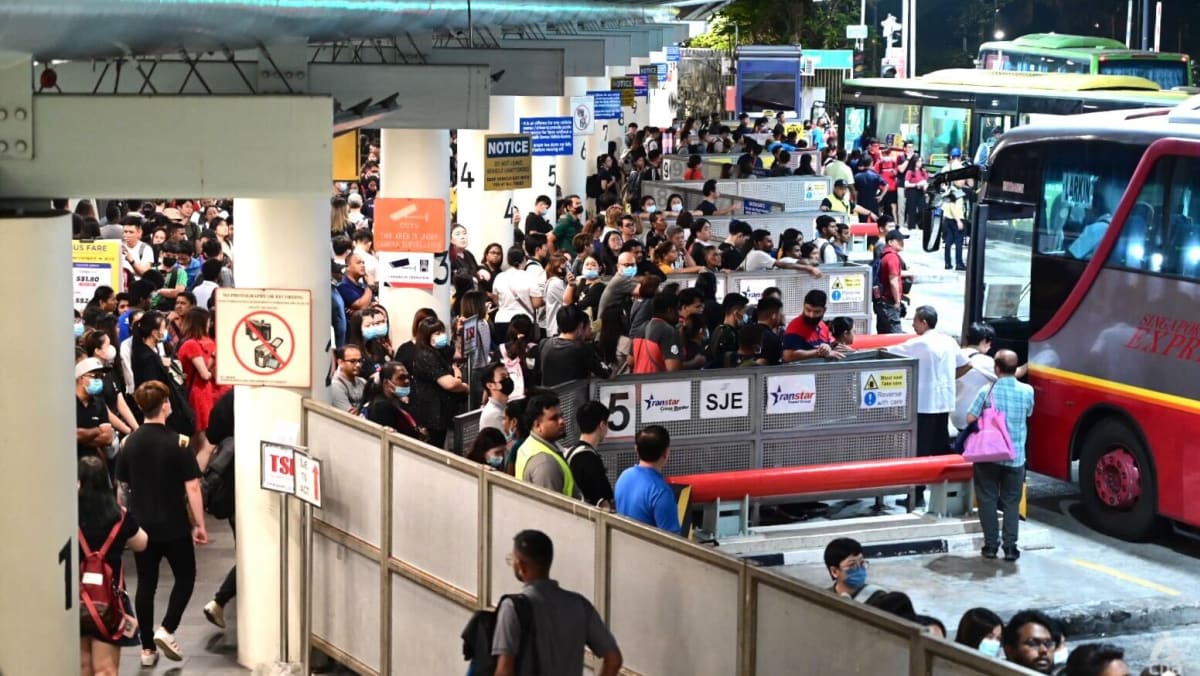
HOURS-LONG TAILBACK FROM MALAYSIA
In its statement on Friday, ICA noted that during the most recent long weekend from Aug 31 to Sep 4, there was “severe traffic tailback” stretching from both of Malaysia’s land checkpoints to Singapore’s.
This was when Singapore went to the polls to elect its next President. The week-long September school holidays also began on Sep 2.
A record number of more than 1.7 million travellers passed through Woodlands and Tuas checkpoints during that long weekend, with more than 237,000 and 227,000 travellers departing on Aug 31 and Sep 1 respectively.
At the Causeway on Sep 1, which was Polling Day, the tailback of cars from Malaysia began at 9am and only subsided at 11.30pm, said ICA.
Tailback refers to a long queue of stationary or slow-moving traffic extending back from a busy junction or road obstruction.
At Tuas Second Link, traffic tailback began at 1pm and subsided at 7pm.
ICA said that cars could not clear Malaysia’s checkpoints fast enough, which prevented cars that had already cleared Singapore’s checkpoints from moving on towards Malaysia. This affected the waiting time and clearance on the Singapore side.
This also happened during other long weekends and holiday periods, the agency added.
ICA further pointed out that congestion is heavier on Singapore’s side on some days, with travellers commenting on social media about faster clearance times on Malaysia’s side.
“(They) observed that this is due to the different levels of checks at the respective checkpoints, as the Malaysian authorities conduct fewer checks than ICA,” it added.
“ICA needs to strike a balance between keeping our border secure on the one hand, and facilitating traveller and cargo movements on the other. Border security is important for Singapore, in particular, preventing the entry of smuggled, illegal, or undesirable persons and goods.”
LTA to reallocate additional 300 COEs for smaller cars in October
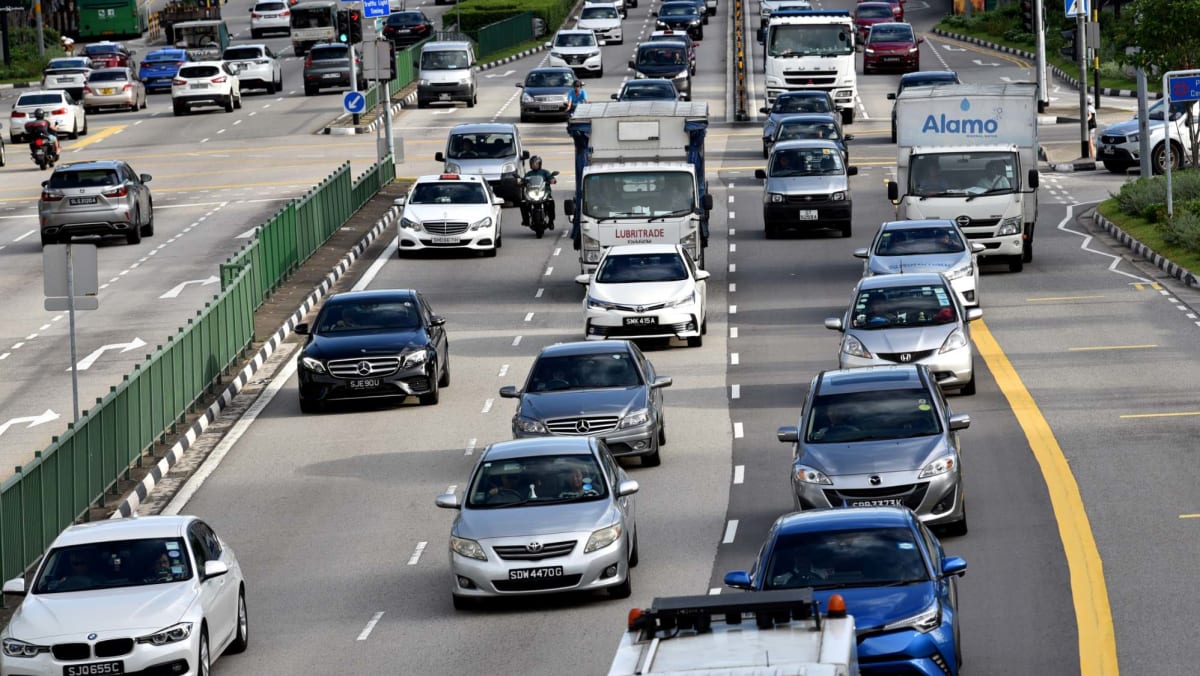
SINGAPORE: The Land Transport Authority (LTA) will reallocate an additional 300 Category A Certificates of Entitlement (COE) for October.
This marks a 24 per cent increase in the Category A quota available for the month, LTA said in a news release on Friday (Sep 29).
The two October bidding exercises will see an additional 150 COEs each. The reallocation will be drawn upon the same pool of COEs from guaranteed deregistration of cars with five-year non-extendable COEs.
LTA added that this is to meet anticipated demand from car buyers following the announcement of changes to the Vehicular Emissions Scheme (VES) rebates, which aims to encourage the adoption of cleaner cars with lower emissions of carbon, hydrocarbons, carbon monoxide, nitrogen oxides and particulate matter.
Under the VES, buyers of newly registered cars and taxis may enjoy a rebate off the Additional Registration Fee (ARF), subject to the minimum ARF payable where applicable, or pay a surcharge depending on the VES band of the car or taxi.
The VES Band A1 rebate, which will apply to cars with zero tailpipe emissions such as EVs, will remain at S$25,000 in 2024.
However, the VES Band A2 rebate for cars will be lowered next year to S$5,000 from the current S$15,000. This will impact cars like EVs with high power consumption, most hybrids, and some pure internal combustion engine cars that are smaller and more efficient.
Premiums for Category A cars, or those 1,600cc and below with horsepower not exceeding 130bhp, reached a record high of S$105,000 (US$77,000) in the latest bidding exercise on Sep 20.
The authority previously reallocated an additional 700 Category A COEs to the supply for the period of August to October by bringing forward the distribution of certificates from the future expiry of five-year non-extendable COEs.
There will be no change in quota for the other categories. The next quota announcement for the bidding period of November 2023 to January 2024 will be in October 2023.
Second round of Fukushima wastewater release to start next week
In the first phase around 7,800 tonnes of water were released into the Pacific out of a planned total of 1.34 million tonnes, equivalent to more than 500 Olympic swimming pools. TEPCO says that the water has been filtered of all radioactive elements except tritium, which is within safe levels.Continue Reading
Study on heart disease looks to ‘unmuzzle this silent killer’
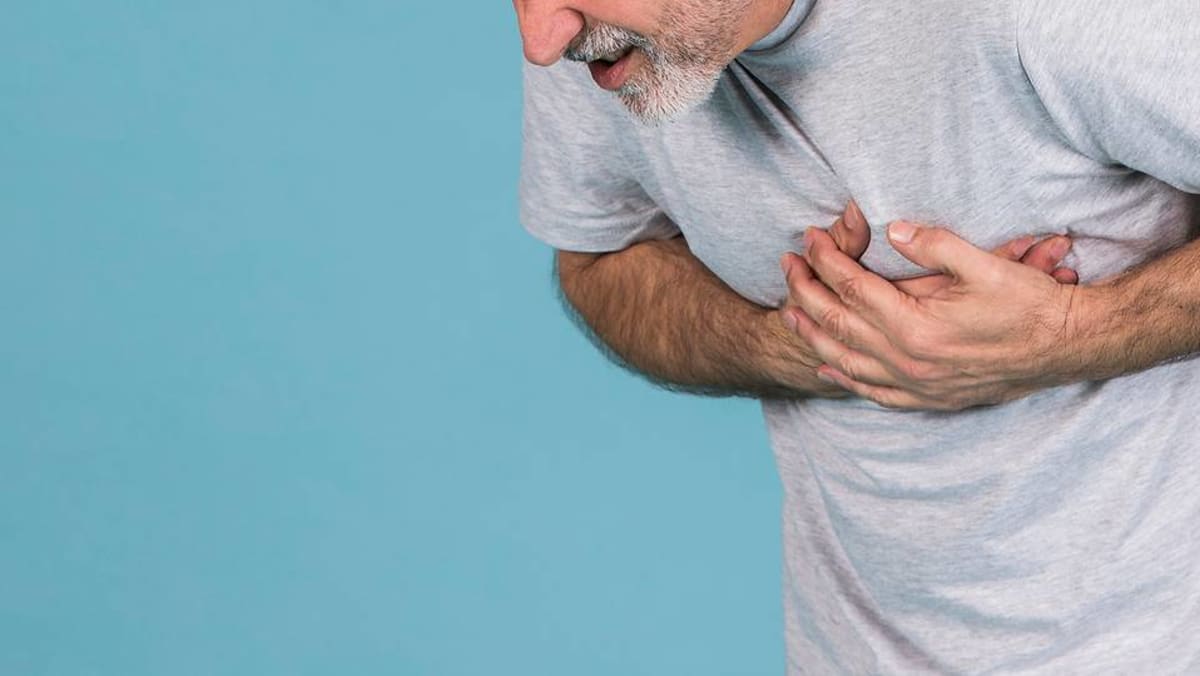
FITNESS AND HEALTH ARE NOT THE SAME THING
Led by Professor Roger Foo and his team behind the Cardiovascular-Metabolic Disease Translational Research Programme, the project received a S$25 million grant at the launch.
The team is “looking under the iceberg” for people who may look very well on the surface, said Prof Foo.
“But actually, once you start screening them deeply, they start to reveal all kinds of early signs of disease,” he said, adding that they will be studied from “many different angles”.
Some people who are living healthy lifestyles today may be lulled into thinking that they are completely healthy, he said.
“We have become very aware that fitness and health are not the same thing,” said Prof Foo, who is also senior consultant at the National University Heart Centre.
For instance, in studying marathon runners, the team found that while these athletes clock in very quick timings, “their arteries and the liver and the metabolism may not be what you expect”, he said.
The participants will be looking to enroll those with moderate risk of heart disease and strong family histories of issues like high cholesterol and hypertension, he said.
“We will then want to try and understand what it is we need to take more notice of, how we can figure out which people have more risk than others, which aspect we need to pay more attention to and then beyond that, the lessons learned from it would be how we want to treat our patients in the future.”
He added that when the findings come out at the end of the five-year research, primary care physicians will know what tests to do to pick out patients with potential heart disease better.
USE OF TECHNOLOGY
The study will use new technology like a virtual reality glove that will allow participants to hold their heart and feel how stiff the muscles are.
Artificial reef innovation under way
PTTEP and Department of Fisheries team up to develop reefs using carbon dioxide-based mineral stones
PUBLISHED : 29 Sep 2023 at 18:20

The Department of Fisheries and PTT Exploration and Production Public Company Limited (PTTEP) have signed an agreement on developing artificial reefs from carbon dioxide-based mineral stones.
The memorandum of understanding also aims at further studying production of the material using a similar process that helps combat global warming.
Montri Rawanchaikul, chief executive and president of PTTEP, said the project focuses on applying technology in the process of transforming carbon dioxide into mineral stones to make sturdier reefs.
The technology is expected to help transform the chemical structure of carbon dioxide in concrete into calcium carbonate that can be deployed in reef production.
The reefs are meant to be habitats for sea creatures where they can live, breed and take refuge.
The Department of Fisheries has been working on artificial reef production since 1978 in line with its interest in sustainable fishery management, said director-general Chalermchai Suwanrak.
“This project aims to help with sea creature management as well as the recovery of their natural habitats,” he said. “The reefs are also aimed at improving the quality of life for fisherfolk as they can help with local fishing methods.”
The development’s focus also involves global warming. According to research, rising temperatures increase stress on sea creatures’ metabolic systems, which affect their breeding and growth.
Mr Montri said the artificial reefs responded well to the company’s aim to reduce carbon emissions, as PTTEP is looking to achieve net zero emissions by 2050.
PTTEP is keen on projects that lead to lower carbon emissions, such as the carbon capture and storage (CCS) project behind the country’s first CCS gas storage and refinery hub at natural gas platforms in the Gulf of Thailand.
PTTEP hopes to reduce the severity of global warming while helping the country achieve a goal promised to the United Nations to reach net zero emissions by 2065, said Mr Montri.
MDEC partners Acxyn to help increase adoption of creative technologies in Malaysia
Acxyn, an IP tokenization platform, received a US$160k grant from MDEC
Position Malaysia as global gaming hub, attracting foreign IPs & studios
Malaysia Digital Economy Corporation (MDEC) and Acxyn, a pioneering web3 company, have announced a collaboration in an effort to spearhead the growth and widespread adoption of creative technologies in Malaysia. This…Continue Reading
Philippines vows to remove future barriers at disputed reef
“In the next coming months, if ever that barrier will once again be in place, the Philippine Coast Guard will do whatever it takes for us to remove the barrier,” coast guard spokesman for the West Philippine Sea Jay Tarriela told reporters, as he sat next to the anchor seizedContinue Reading
Private sector crucial in the battle against climate change: ADB special advisor
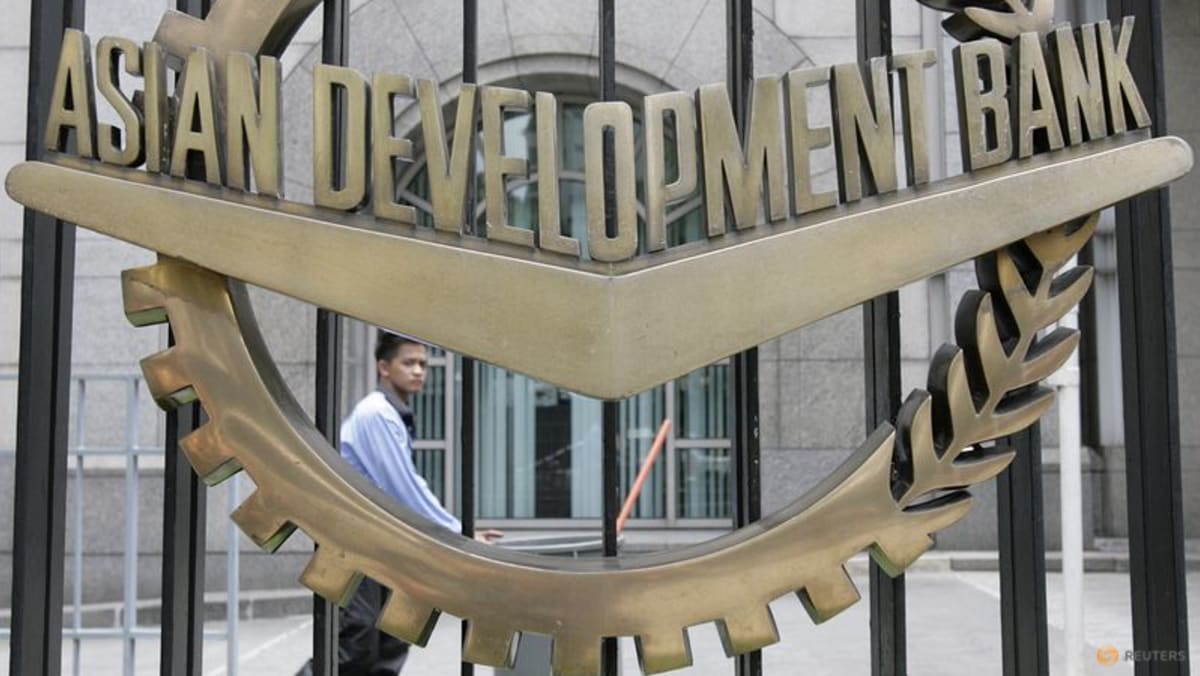
Many of the world’s poorest countries are the least responsible for climate issues, but are bearing the brunt of the crisis. They are struggling to cope with natural disasters devastating infrastructure and livelihoods, and extreme temperatures affecting livestock and crops.
“Most of our developing member countries contribute virtually nothing to the climate problem. They are low emitters, per capita and national. However, they’re feeling the impacts,” he said.
“Helping them to move towards net zero is not about their commitment to low carbon but rather, energy security and better air quality in their cities.”
Where governments may have failed to act, Mr Evans is, however, optimistic about increasing interest from the private sector on investing in sustainable developments, green initiatives and climate-friendly adaptations.
“My optimism is not based on what governments are doing, but rather, based on what the private sector is doing,” he said.
“The interest of the private sector in working with us and with other multilateral development banks, to use the sovereign funding and the public sector money that we have, to help enable them to invest in climate actions, is making tremendous progress right now.”
ASIA PACIFIC PLAYS CENTRAL ROLE
The ADB has said the battle against climate change will be won or lost in Asia Pacific.
The region is home to 60 per cent of the global population – some 4.3 billion people, and includes the world’s top two most populous countries India and China.
It has five of the 10 largest emitters in the world – China, India, Indonesia, Japan, and South Korea – and accounts for about 45 per cent of global greenhouse gas emissions.
Asia Pacific is also where 40 per cent of the world’s climate-related disasters have happened since the start of the century, with increasing frequency and intensity.
Hence, the region plays a central role in global climate efforts.
The ADB said the battle against climate change will be costly, with an estimated US$1.7 trillion needed every year to invest in infrastructure in the region.
FUNDING PLAN TO COMBAT CLIMATE CHANGE
The bank recently launched a new funding programme to support lending efforts that help the region reduce greenhouse gas emissions and build infrastructure resilient to the impact of climate change.
Known as the Innovative Finance Facility for Climate in Asia and the Pacific (IF-CAP), wealthier nations such as the United States, United Kingdom, Denmark, Sweden, Japan and South Korea will guarantee some loans and shoulder losses in cases of default.
The initial target is US$3 billion in guarantees. The bank believes this will help to generate five times as much – some US$15 billion – in new climate loans.
“The IF-Cap works by taking guarantees from donor countries and using that to essentially carve out part of our existing sovereign portfolio. These are existing loans that developing countries take with ADB that have sovereign guarantees. We have a very, very low risk of default for these kinds of loans,” said Mr Evans.
The plan will support projects that address mitigation with a focus on reducing greenhouse gas emissions, and adaptation with an aim to build resilience against the impacts of climate change.
The bank said these investments could cover a wide range of sectors, such as transportation, energy, urban, and agriculture.
While the lender has made progress in multiple areas including increasing resilience to flooding, cooling efforts in cities with high temperatures, rehabilitating wetlands, promoting renewable energy including wind and solar, more needs to be done, said Mr Evans.
“We have in both the urban sector and rural sector, a number of initiatives that are paying back dividends now, in terms of building resilience. We have many success stories, but we’re not at the scale we need to be. We need to bring this all together and scale it up,” he said.
“The risks from climate impacts are severe. Every greenhouse gas emission reduced is important. Every household can play a role in that. Not so much in the poorer countries, but in the middle income countries, and in the richer countries, every household needs to play a role in reducing their carbon footprint.”
On Friday, the bank unveiled new capital reforms to boost lending by US$100 billion over the next decade as part of its continued mission to tackle climate change.
Over US$2.8 million in cryptocurrencies moved from Vang Shuimingâs account while he was remanded
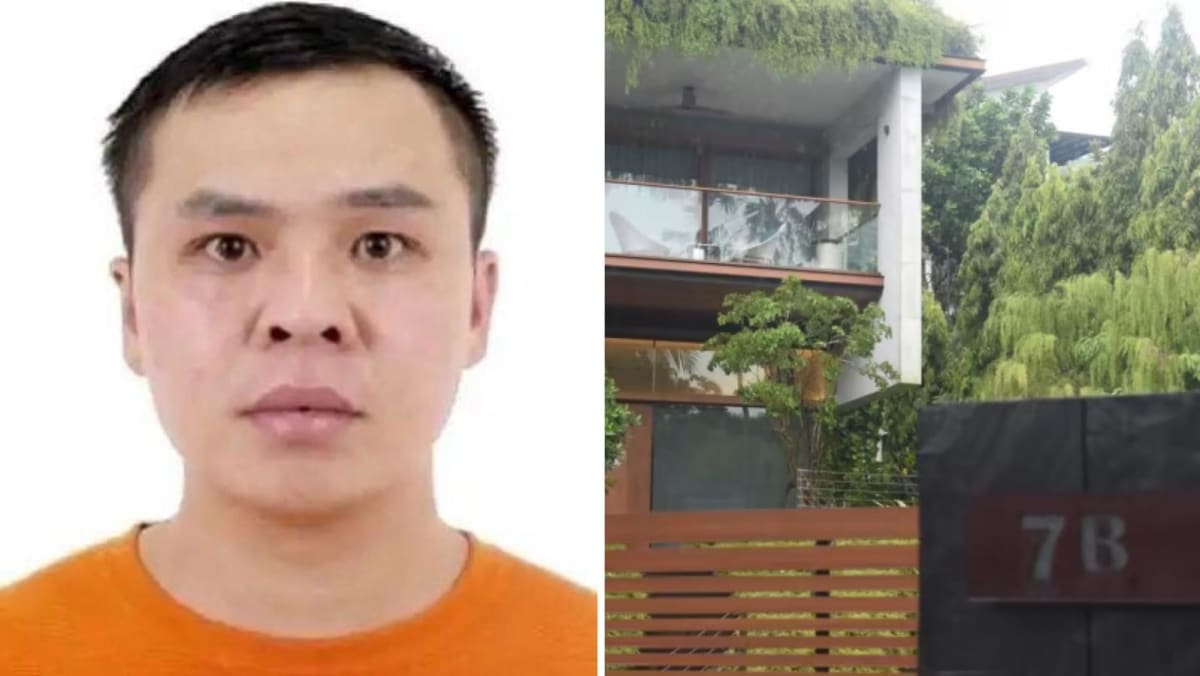
SINGAPORE: More than US$2.8 million (S$3.8 million) in cryptocurrencies from a suspect’s account was withdrawn while he was remanded in relation to a S$2.4 billion money-laundering probe, the lead investigating officer (IO) has revealed.
This information came in an affidavit by the IO tendered to the court in support of the prosecution’s objection to bail for Vang Shuiming on Friday (Sep 29).
Vang currently faces five charges – one of using a forged document and four of possessing criminal benefits worth S$2.4 million from unlicensed moneylending in China.
The 42-year-old Turk with multiple passports was arrested on Aug 15 this year, said Mr Teh Yee Liang of the Singapore Police Force’s Commercial Affairs Department (CAD) in his affidavit.
Two days after this, while Vang was remanded, more than US$2.8 million worth of cryptocurrencies was withdrawn from his Binance account.
“Information gathered suggests that the movement of assets was by a person of interest after the accused had been arrested,” said Mr Teh.
Vang is linked to three other wanted suspects who are on the run, including his brother.
Mr Teh said CAD had not known of these assets initially, and was alerted to them only after receiving information from “foreign authorities”.
Mr Teh said the overall quantum of cryptocurrency assets is believed to amount to more than US$30 million and investigations on this front are ongoing.
“This further strengthens my belief that the accused has connections and assets to allow him to relocate outside of Singapore, despite the seizure of his local assets, should he be released on bail,” said Mr Teh.
More than S$200 million in assets linked to Vang have been seized in Singapore.
According to Mr Teh, this comprises S$962,000 in cash, S$128.8 million in his bank accounts, S$5.5 million in his wife’s bank accounts, 15 properties worth S$104.8 million in his wife’s name but funded by him and three vehicles worth S$3.4 million in his wife’s name but funded by him.
Vang relocated to Singapore with his wife, son and daughter in 2019, and his children are attending international schools, the court heard.
He has substantial wealth and assets overseas, said the IO. This includes an estimated 32 million yuan (US$4.4 million) worth of investments in Chinese private companies, US$18 million worth of land plots in Cambodia, US$500,000 of investments in Turkey, two condominium units in Xiamen, China, worth 20 million yuan, HK$2 million in a bank account in Hong Kong and US$110,000 worth of USDT or Tether tokens.
In response to Vang’s arguing that his parents were “not physically mobile” in his bid for bail, Mr Teh pointed to travel records.
These showed that Vang’s parents recently travelled out of Singapore, returning from Hong Kong via a private jet in March this year.
Vang was ultimately denied bail, and his lawyers said he intended to contest his charges.
He will return to court for a pre-trial conference next month.

